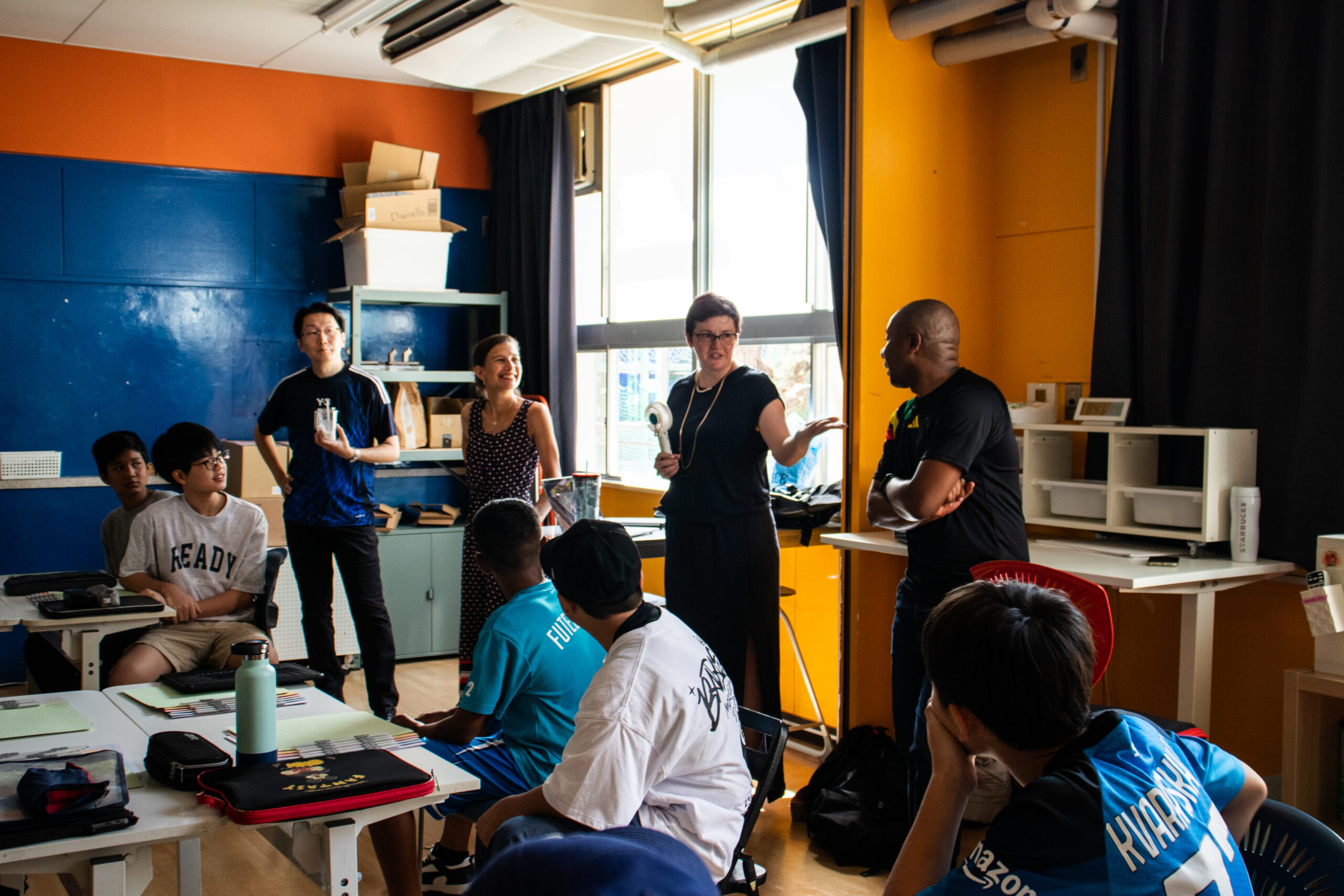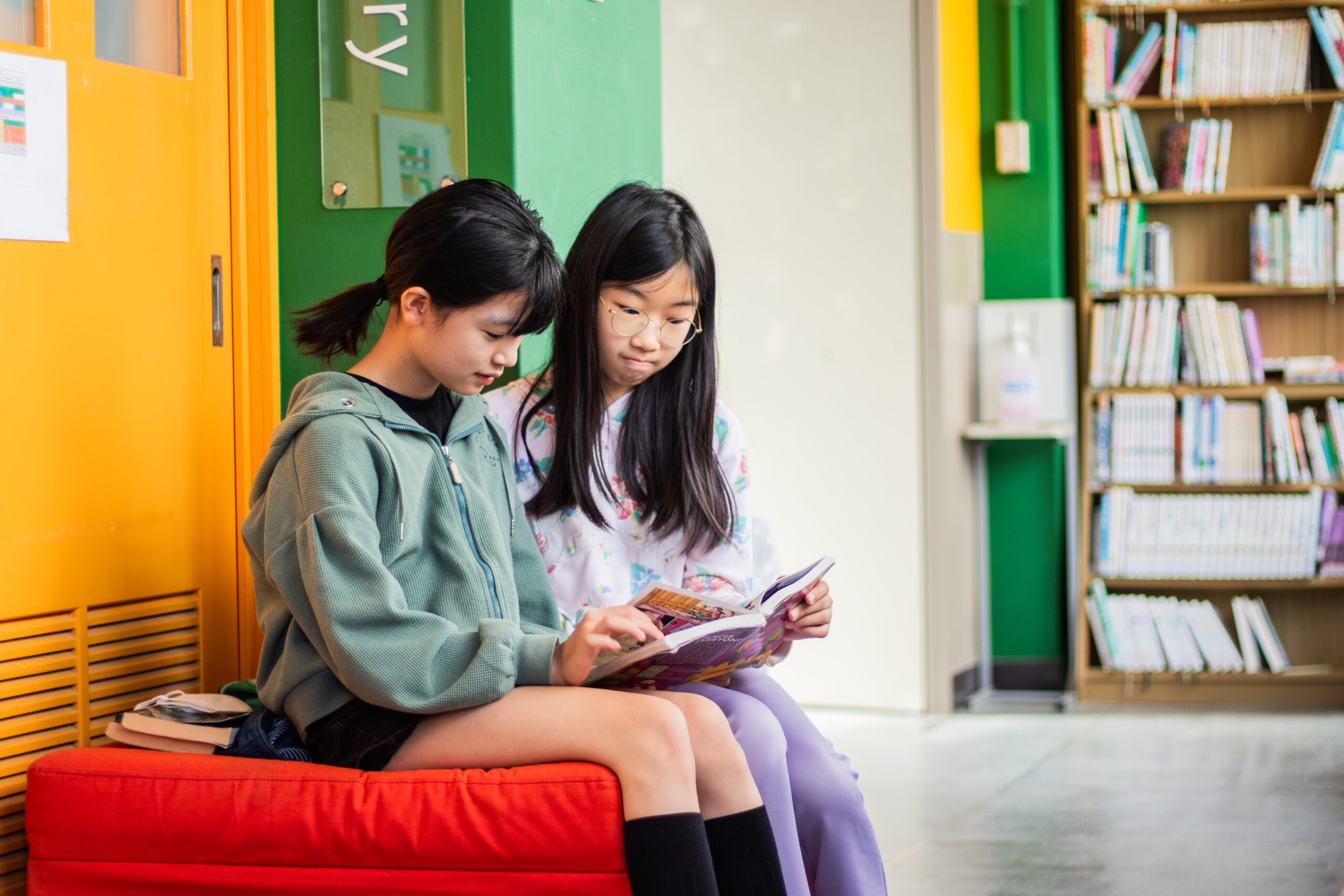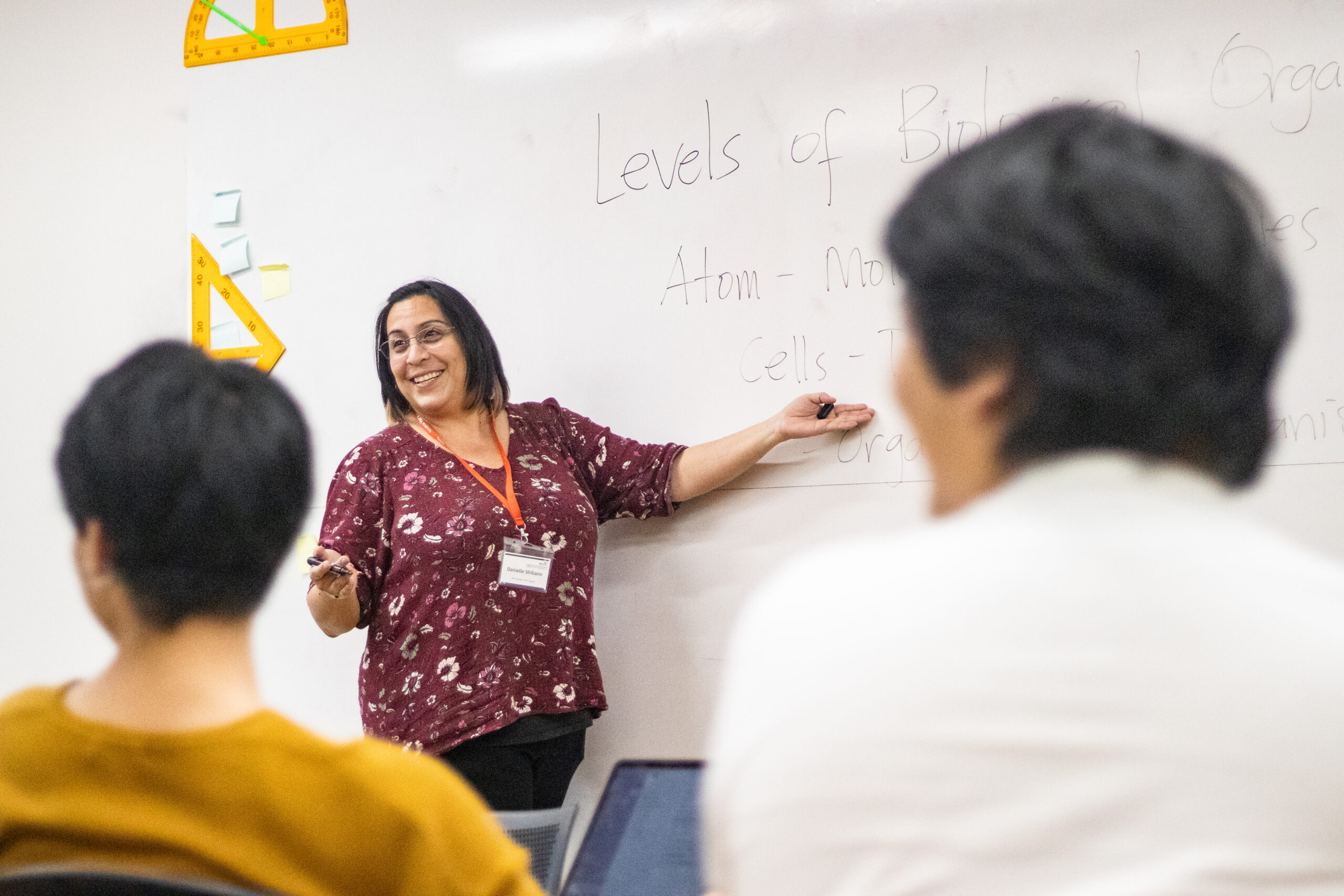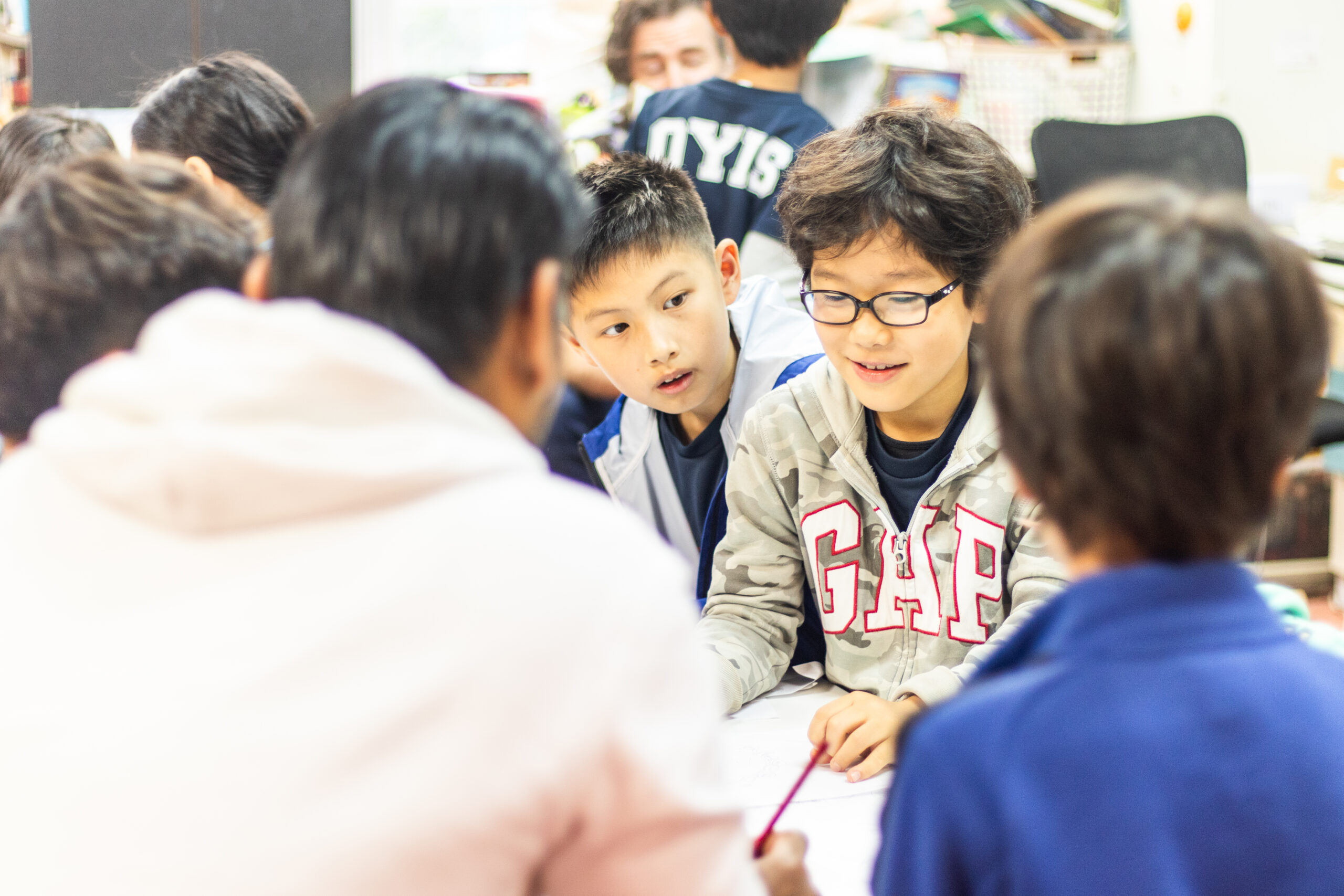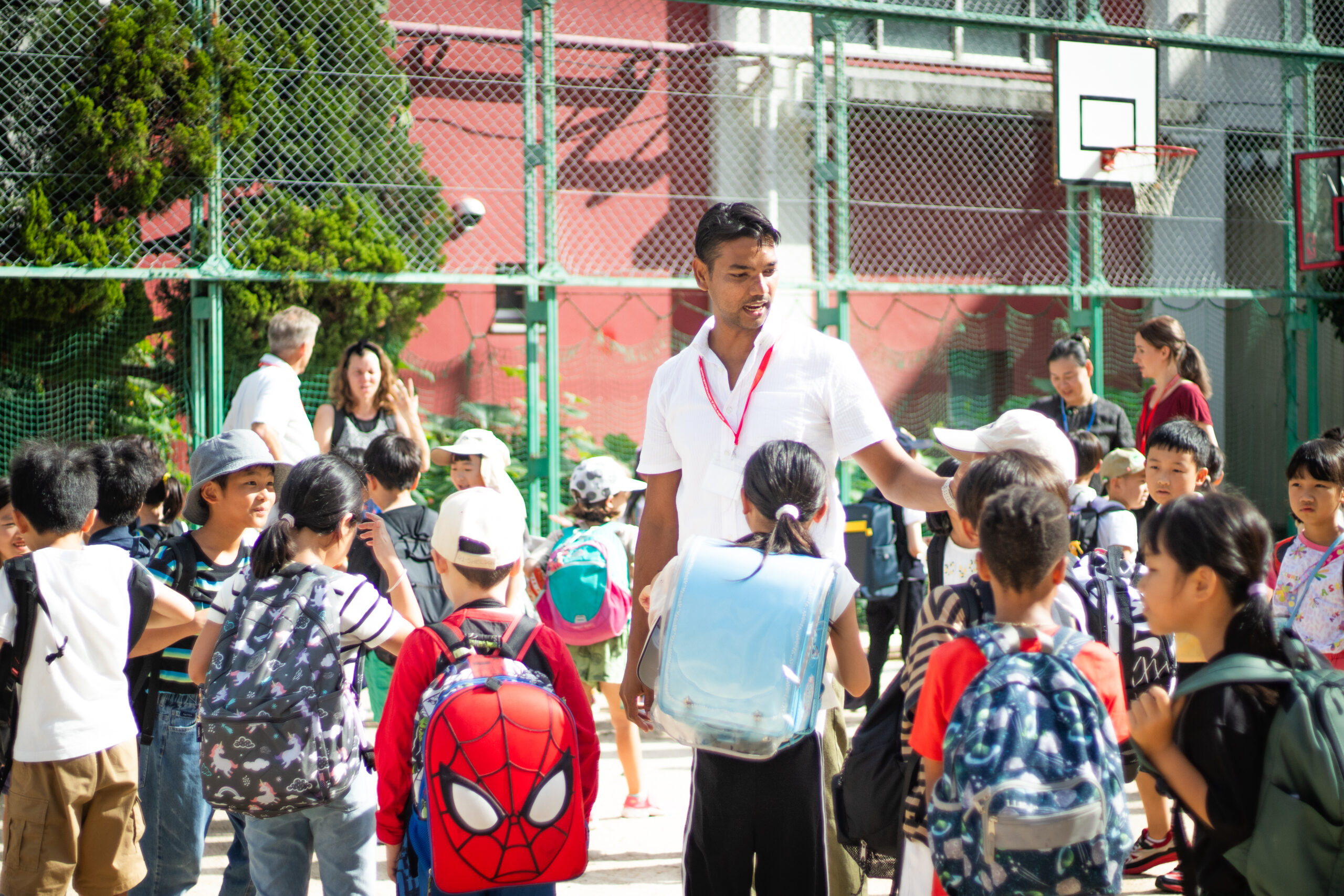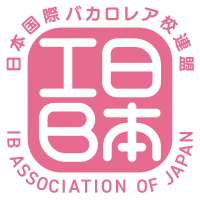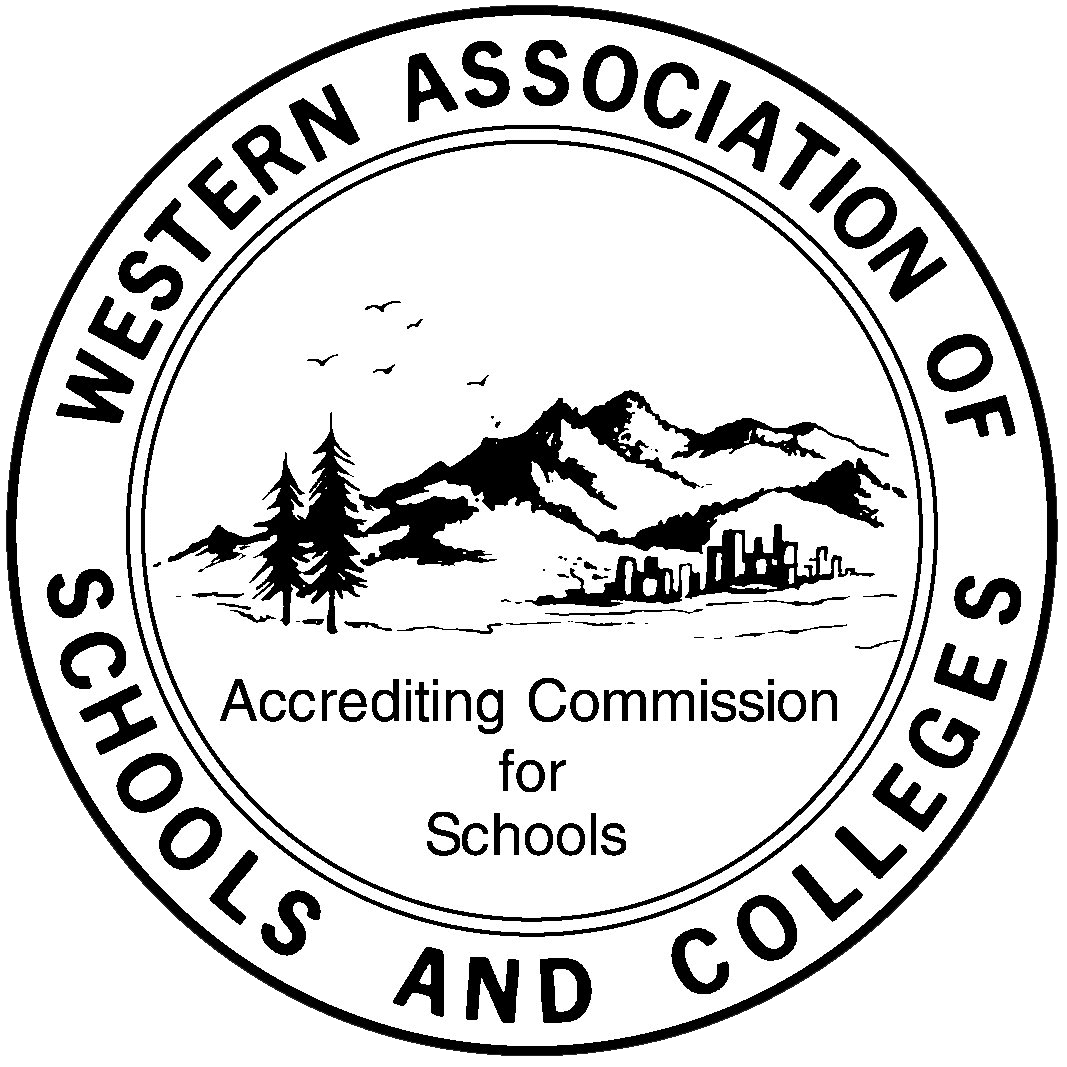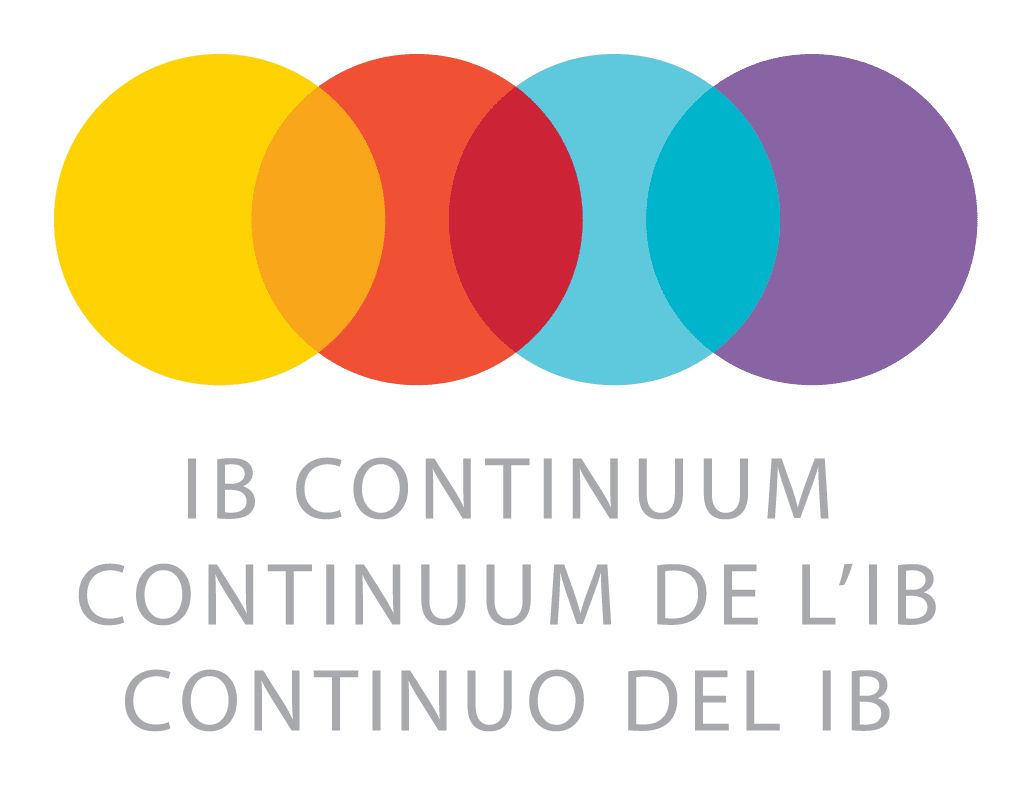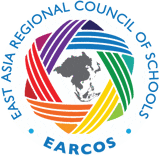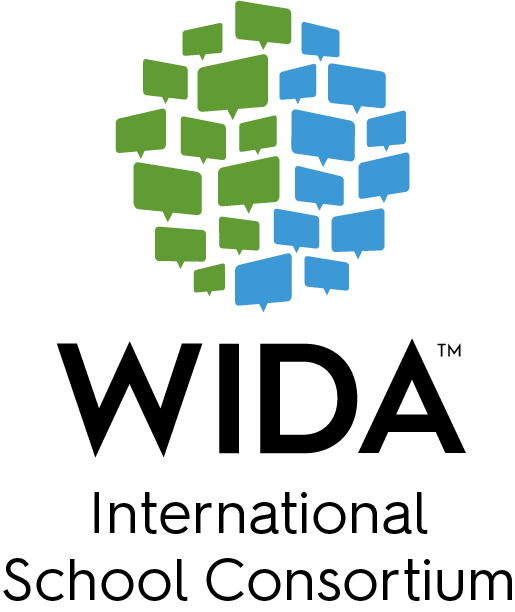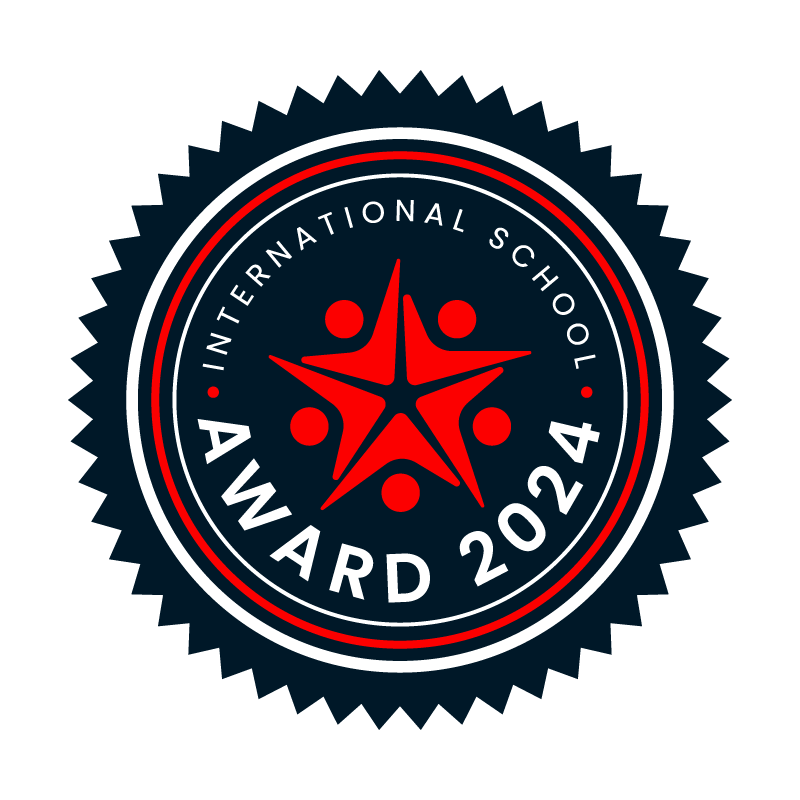English Language Learners (ELLs)
PYP
The PYP English as an Additional Language (EAL) department has the responsibility of testing incoming students. EAL students are assessed using a standardized language assessment screener. In this system, Level One is the lowest level of English ability and Level Four is the highest (moving towards native fluency). They are tested on speaking, listening, reading, and writing. Based on the assessment results, and in consultation with the observation teacher, the students are placed accordingly within our four-level system.
In Early Childhood, language support comes from the homeroom teacher in collaboration with a full-time English speaking assistant in each class. In Grades 1-6, the EAL teachers support students using one of the following methods:
- Targeted: The EAL teacher works with a small group of EAL students in the EAL classroom.
- In-class: The EAL teacher supports the EAL students in accessing a lesson taught by the classroom teacher.
- Collaborative Co-teaching: The EAL teacher co-teaches a lesson or leads a smaller group of students alongside the classroom teacher.
MYP/DP
The MYP/DP language department is responsible for providing additional support for all emerging communicators, namely students who have been placed in phase 1 or 2 of MYP English language acquisition. A variety of support methods may be provided including, although not exclusive to the following models:
| In-class Support |
|
| Targeted Support |
|
| Co-teaching |
|
| Collaboration |
|
| Access arrangements for task |
|
| Reasonable adjustments of task |
|
